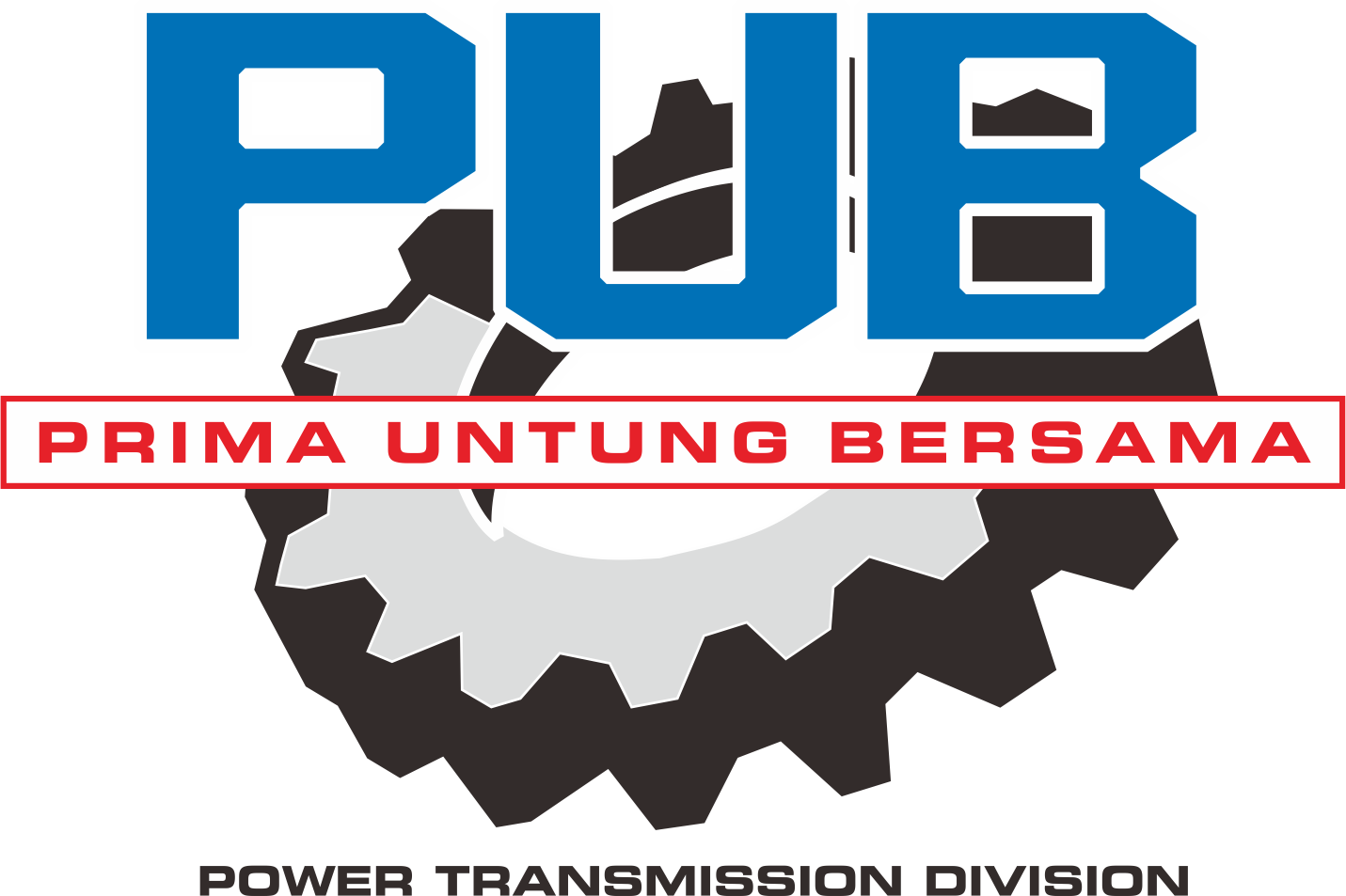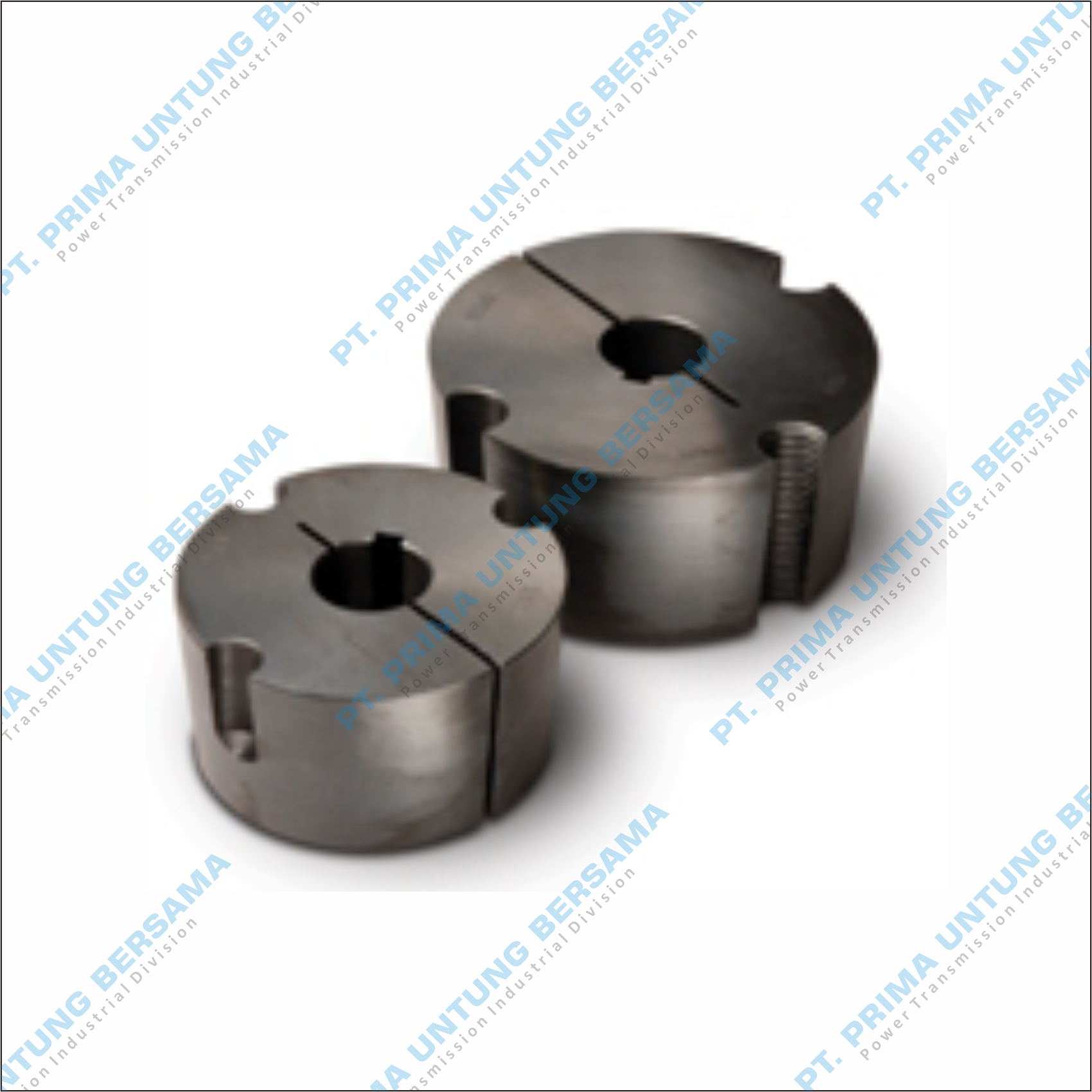All Products 22689
Ask Quote
Ask Quote
Ask Quote
Ask Quote
Ask Quote
Ask Quote
Ask Quote
Ask Quote
Ask Quote
Ask Quote
Ask Quote
Ask Quote
Ask Quote
Ask Quote
Ask Quote
Ask Quote
Ask Quote
Ask Quote
Ask Quote
Ask Quote
Ask Quote
Ask Quote
Ask Quote
Ask Quote
Dimensions in milimeters:
Keyways are British Standard Metric B S 4235. Part 1: 1972 DIN 6885 and conform to ISO recomendations with the exception of those marked, which are shallower. Where a key is to be used it should be parallel and side fitting, with top clearance. Depth of keyway is measured at the CENTRE
Ask Quote
Dimensions in milimeters:
Keyways are British Standard Metric B S 4235. Part 1: 1972 DIN 6885 and conform to ISO recomendations with the exception of those marked, which are shallower. Where a key is to be used it should be parallel and side fitting, with top clearance. Depth of keyway is measured at the CENTRE
Ask Quote
Dimensions in milimeters:
Keyways are British Standard Metric B S 4235. Part 1: 1972 DIN 6885 and conform to ISO recomendations with the exception of those marked, which are shallower. Where a key is to be used it should be parallel and side fitting, with top clearance. Depth of keyway is measured at the CENTRE
Ask Quote
Dimensions in milimeters:
Keyways are British Standard Metric B S 4235. Part 1: 1972 DIN 6885 and conform to ISO recomendations with the exception of those marked, which are shallower. Where a key is to be used it should be parallel and side fitting, with top clearance. Depth of keyway is measured at the CENTRE
Ask Quote
Dimensions in milimeters:
Keyways are British Standard Metric B S 4235. Part 1: 1972 DIN 6885 and conform to ISO recomendations with the exception of those marked, which are shallower. Where a key is to be used it should be parallel and side fitting, with top clearance. Depth of keyway is measured at the CENTRE
Ask Quote
Dimensions in milimeters:
Keyways are British Standard Metric B S 4235. Part 1: 1972 DIN 6885 and conform to ISO recomendations with the exception of those marked, which are shallower. Where a key is to be used it should be parallel and side fitting, with top clearance. Depth of keyway is measured at the CENTRE
Ask Quote
Dimensions in milimeters:
Keyways are British Standard Metric B S 4235. Part 1: 1972 DIN 6885 and conform to ISO recomendations with the exception of those marked, which are shallower. Where a key is to be used it should be parallel and side fitting, with top clearance. Depth of keyway is measured at the CENTRE
Ask Quote
Dimensions in milimeters:
Keyways are British Standard Metric B S 4235. Part 1: 1972 DIN 6885 and conform to ISO recomendations with the exception of those marked, which are shallower. Where a key is to be used it should be parallel and side fitting, with top clearance. Depth of keyway is measured at the CENTRE
Ask Quote
Dimensions in milimeters:
Keyways are British Standard Metric B S 4235. Part 1: 1972 DIN 6885 and conform to ISO recomendations with the exception of those marked, which are shallower. Where a key is to be used it should be parallel and side fitting, with top clearance. Depth of keyway is measured at the CENTRE
Ask Quote
Dimensions in milimeters:
Keyways are British Standard Metric B S 4235. Part 1: 1972 DIN 6885 and conform to ISO recomendations with the exception of those marked, which are shallower. Where a key is to be used it should be parallel and side fitting, with top clearance. Depth of keyway is measured at the CENTRE
Ask Quote
Dimensions in milimeters:
Keyways are British Standard Metric B S 4235. Part 1: 1972 DIN 6885 and conform to ISO recomendations with the exception of those marked, which are shallower. Where a key is to be used it should be parallel and side fitting, with top clearance. Depth of keyway is measured at the CENTRE
Ask Quote
Dimensions in milimeters:
Keyways are British Standard Metric B S 4235. Part 1: 1972 DIN 6885 and conform to ISO recomendations with the exception of those marked, which are shallower. Where a key is to be used it should be parallel and side fitting, with top clearance. Depth of keyway is measured at the CENTRE
Ask Quote
Dimensions in milimeters:
Keyways are British Standard Metric B S 4235. Part 1: 1972 DIN 6885 and conform to ISO recomendations with the exception of those marked, which are shallower. Where a key is to be used it should be parallel and side fitting, with top clearance. Depth of keyway is measured at the CENTRE
Ask Quote
Dimensions in milimeters:
Keyways are British Standard Metric B S 4235. Part 1: 1972 DIN 6885 and conform to ISO recomendations with the exception of those marked, which are shallower. Where a key is to be used it should be parallel and side fitting, with top clearance. Depth of keyway is measured at the CENTRE
Ask Quote
Dimensions in milimeters:
Keyways are British Standard Metric B S 4235. Part 1: 1972 DIN 6885 and conform to ISO recomendations with the exception of those marked, which are shallower. Where a key is to be used it should be parallel and side fitting, with top clearance. Depth of keyway is measured at the CENTRE
Ask Quote
Dimensions in milimeters:
Keyways are British Standard Metric B S 4235. Part 1: 1972 DIN 6885 and conform to ISO recomendations with the exception of those marked, which are shallower. Where a key is to be used it should be parallel and side fitting, with top clearance. Depth of keyway is measured at the CENTRE

